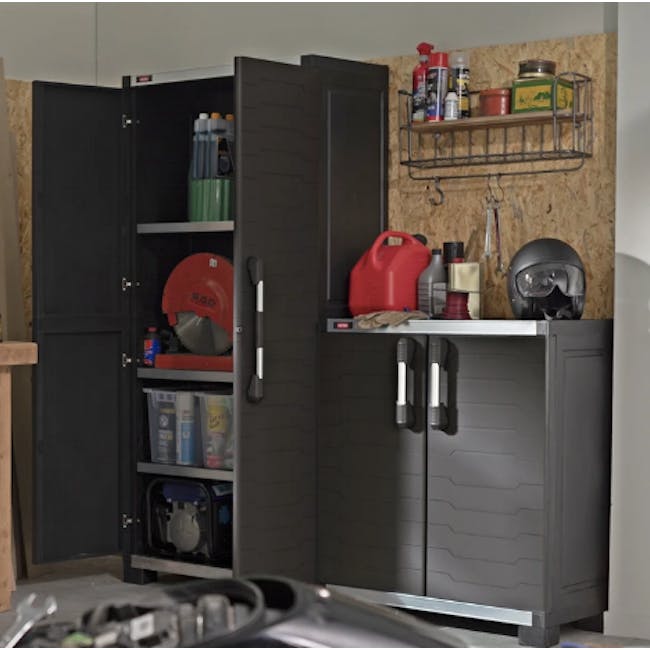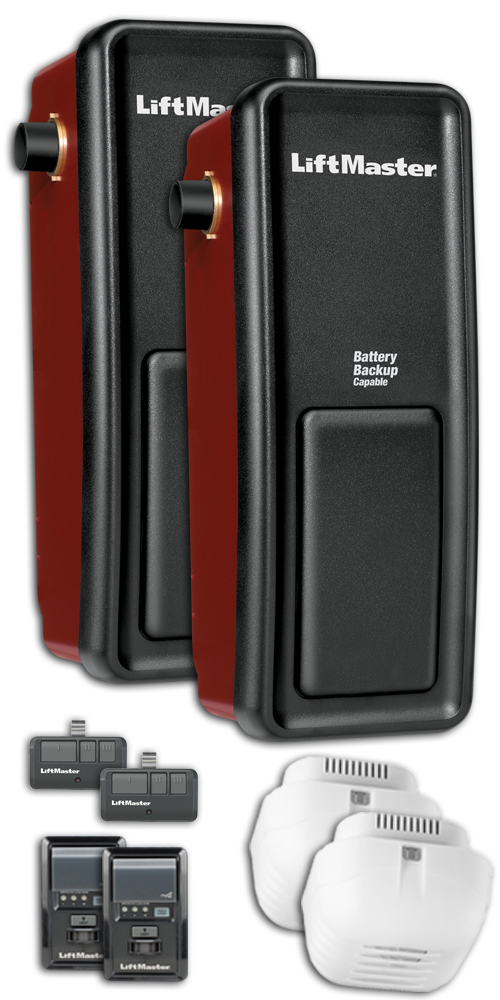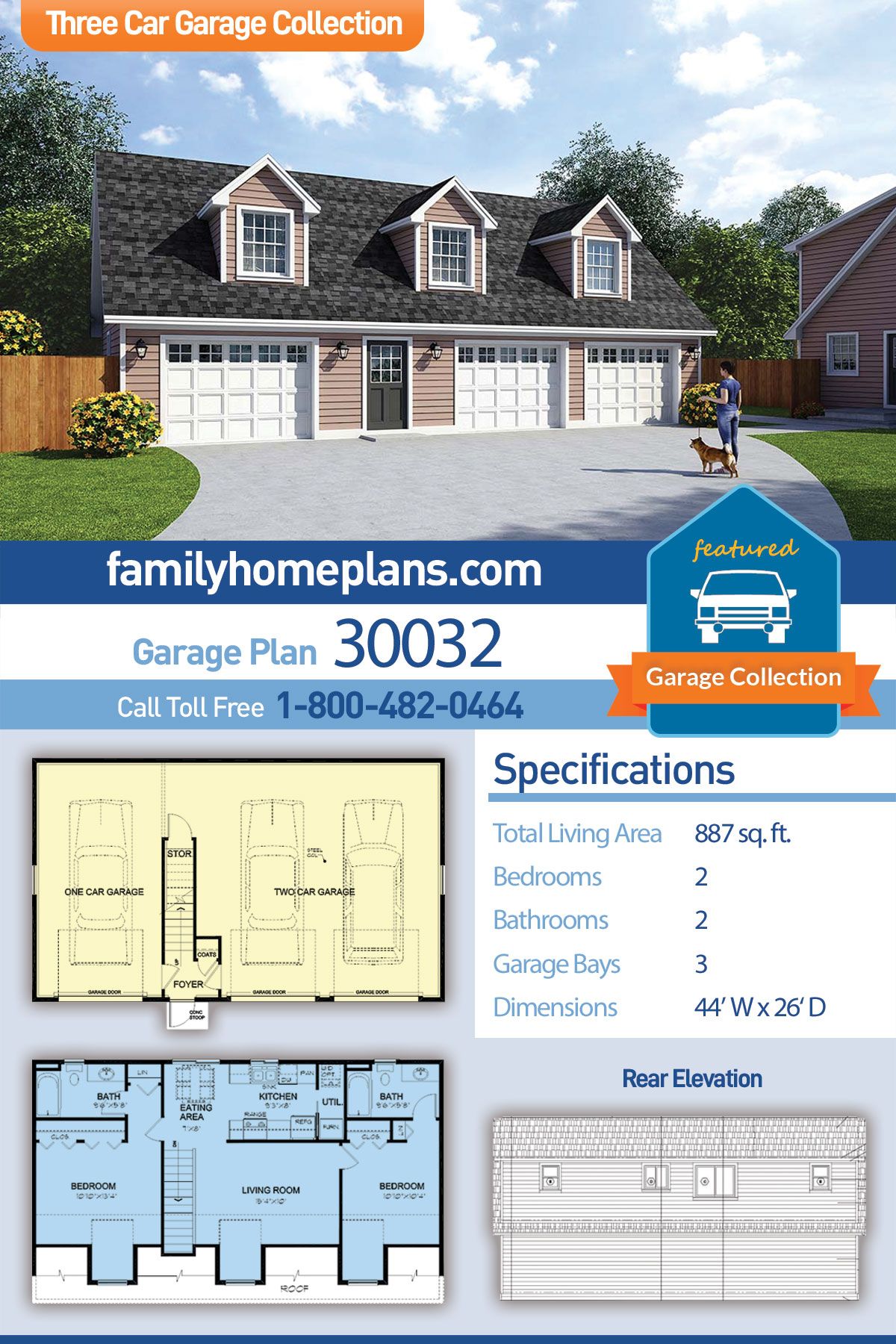
Garage shelving is great for organizing your belongings and making it easy to find them, whether you're working on a DIY project. Garage shelving can be purchased in a variety of materials and prices. Depending on your needs, a custom-built storage system may be the best option for you. A garage storage system designed specifically for you can meet your storage needs and be installed perfectly.
One of the most important factors to consider when buying garage shelving is the weight capacity. If you have a large item to store, it is a good idea to select shelving that has a high capacity. This will keep the shelf from sliding or splintering and will also ensure that the item is securely held in place. The type of construction you choose is also important. There are many options available including metal, plastic and wood. Metal is a sturdy and long-lasting choice. You can purchase units that can either be mounted or unmounted. You can even get shelving units with wheels to give you more mobility.
Another great thing about garage shelving is that it can increase the surface area of your storage space. If you intend to store large amounts of items, it is a good idea to choose a unit that can be adjusted for different sizes. Most adjustable shelving is more efficient than stationary units.

You can find shelving made from a variety of materials, including metal and plywood. A shelf that can be cleaned with an all purpose cleaner is a good choice. To keep spills off your shelves from staining them, cover them. However, you should keep in mind that some shelving units are more resistant to stains than others.
Another material popular for garage shelving is the particle board. But, particle board is less durable than metal. You should consider purchasing a unit that's made of steel. Steel shelving is an excellent option because it can handle a large weight capacity and can support heavier items. However, it can be difficult for you to clean particle board. You can cover your shelves with plastic sheets or contact paper.
Metal garage shelving is an excellent choice because it is strong and can take a lot of weight. Metal shelving systems with wheels are the best. They are also more portable than freestanding models. The majority of wire shelving units have wheels that allow for easy movement around the garage.
Plastic and MDF are other common choices for garage shelving. These types of units are relatively easy to clean, although they aren't as durable as metal. Always read the cleaning instructions provided by the manufacturer before you shop. You will usually need to clean the shelves with an all-purpose cleaner or degreaser.

Lowe's has many options for garage shelving if you don't feel confident installing it yourself. You can choose from a range of styles and they are easy to install.
FAQ
What are the included features in a full remodel of your kitchen?
A complete kitchen remodel involves more than just replacing a sink and faucet. You will also need cabinets, countertops and appliances as well as lighting fixtures, flooring, plumbing fixtures, and other items.
A complete kitchen remodel allows homeowners the opportunity to upgrade their kitchens without any major construction. This means there is no need to tear down the kitchen, making the project more manageable for both the homeowner as well as the contractor.
Renovating a kitchen can involve a range of services including plumbing, heating and cooling, painting, and even drywall installation. Depending on the extent of the kitchen remodel, multiple contractors may be required.
Hiring professionals who are familiar with kitchen remodeling is the best way for it to go smoothly. There are often many moving parts in a kitchen remodel, so small problems can cause delays. DIY is a good option, but make sure to plan ahead and have a back-up plan in case something goes wrong.
What is the difference between a remodel and a renovation?
Remodeling is any major transformation of a room or portion of a bedroom. A renovation involves minor changes to a specific room or part of it. For example, a bathroom remodel is a major project, while adding a sink faucet is a minor project.
Remodeling involves the complete or partial renovation of a room. A renovation involves only changing a portion of a room. A kitchen remodel could include replacing countertops, sinks and appliances as well as changing lighting and paint colors. You could also update your kitchen by painting the walls, or installing new light fixtures.
Is it cheaper to remodel a bathroom or kitchen?
Remodeling a bathroom or kitchen is an expensive proposition. It may make more sense to spend money on home improvements, considering how much you pay in energy bills each month.
A small upgrade could save you thousands of dollars each year. A few easy changes like adding insulation to ceilings or walls can reduce heating/cooling costs by as much as 30%. Even a small addition can increase comfort and resale values.
It is essential to remember that renovations should be done with durable, easy-to-maintain materials. The durability and ease of maintenance that porcelain tile and stainless steel appliances offer over vinyl and laminate countertops is why solid wood flooring and porcelain tile are so much better.
It is possible to reduce utility costs by replacing older fixtures with more modern models. Low-flow faucets and showerheads can reduce water consumption by as much as 50%. By replacing inefficient lighting with compact fluorescent lamps, you can reduce electricity consumption up to 75%.
How long does it usually take to remodel your bathroom?
It usually takes two weeks to remodel a bathroom. However, it all depends on how big the project is. For smaller jobs such as installing a vanity or adding an stall to the bathroom, it can usually be done in just a few hours. Larger projects such as removing walls, laying tile floors, or installing plumbing fixtures may require several days.
A good rule of thumb is to allow three days per room. If you have four bathrooms, then you'd need 12 days.
What are the biggest expenses in remodeling a kitchen?
A few key costs should be considered when planning a kitchen remodeling project. These include demolition, design fees, permits, materials, contractors, etc. These costs seem small when you look at them individually. However, when you add them together, they quickly become quite large.
Demolition is the most costly cost. This includes removing the old cabinets, appliances, countertops, flooring, etc. The insulation and drywall must be removed. Then, it is time to replace the items with newer ones.
The next step is to hire an architect to design the space. The permits will be required to ensure the project complies with building codes. You will then need to find someone to perform the actual construction.
Once the job is complete, you will need to pay the contractor. The job size will determine how much you spend. Before hiring a contractor, it is vital to get estimates from multiple people.
If you plan, you can often avoid some of these costs. You might be able negotiate better materials prices or skip some work. You can save money and time if you are clear about what you need to do.
Many people install their cabinets by themselves. People believe that this will save them money since they won't have to hire professionals for installation. However, this can lead to them spending more to learn how to place cabinets. A professional can usually complete a job in half of the time that it would take you.
Another way to save is to purchase unfinished materials. Before purchasing pre-finished materials like cabinets, you must wait until all the pieces are assembled. By buying unfinished materials, you can start using them right away. Even if it doesn't go according to plan, you can always change your mind later.
But sometimes, it isn't worth going through all this hassle. You can save money by planning your home improvement project.
How much would it take to gut a house and how much to build a brand new one?
Gutting a home involves removing everything within a building including walls and floors, ceilings as well as plumbing, electrical wiring, appliances, fixtures, and other fittings. This is usually done when you are moving into a new home and need to make some adjustments before you move in. Due to so many factors involved in the process of gutting a property, it can be very costly. Depending on what job you do, the average cost for gutting a house is $10,000 to $20,000
Building a home is where a builder builds a house frame by frame, then adds walls, flooring, roofing, windows, doors, cabinets, countertops, bathrooms, etc. This is done usually after purchasing lots. Building a home usually costs less than gutting and can cost between $15,000 and $30,000.
It all depends on what you plan to do with your space. You will probably have to spend more to gut a house. However, if you want to build a home, you won't have to worry about ripping everything apart and redoing everything. You can build it as you wish, instead of waiting to have someone else tear it apart.
Statistics
- 57%Low-end average cost: $26,214Additional home value: $18,927Return on investment: (rocketmortgage.com)
- $320,976Additional home value: $152,996Return on investment: 48%Mid-range average cost: $156,741Additional home value: $85,672Return on investment: (rocketmortgage.com)
- According to a survey of renovations in the top 50 U.S. metro cities by Houzz, people spend $15,000 on average per renovation project. (rocketmortgage.com)
- bathroom5%Siding3 – 5%Windows3 – 4%Patio or backyard2 – (rocketmortgage.com)
- 55%Universal average cost: $38,813Additional home value: $22,475Return on investment: 58%Mid-range average cost: $24,424Additional home value: $14,671Return on investment: (rocketmortgage.com)
External Links
How To
How to Install Porch Flooring
While installing porch flooring is straightforward, it takes some planning. Installing porch flooring is easiest if you lay a concrete slab first. If you don't have a concrete slab to lay the porch flooring, you can use a plywood deck board. This allows you to install your porch flooring without spending a lot of money on a concrete slab.
The first step when installing porch flooring is to secure the subfloor (the plywood). To do this, you must measure the width of the porch and cut two strips of wood equal to the porch's width. These should be laid along the porch's sides. Then, attach the strips to the walls by nailing them in place.
Once the subfloor is secured, prepare the area for the porch flooring. This usually involves cutting the floorboards' top layer to the required size. Then, you must apply a finish to the porch flooring. A common finish for porch flooring is polyurethane. A stain can be applied to porch flooring. Staining your porch flooring is much simpler than applying a final coat of paint. After the final coat has been applied, you will only need to sand it.
Once these tasks have been completed, you can finally put the porch flooring in place. Next, mark the spot for your porch flooring. Next, cut the porch flooring to size. Then, fix the porch flooring to its place using nails.
You can install porch stairs if you want to add more stability to your porch flooring. Porch stairs, like porch flooring are usually made of hardwood. Some people prefer to put their porch stairs up before they install their porch flooring.
Once you have installed your porch flooring, it is time to complete the project. First, remove and replace the porch flooring. You'll need to clean up the debris. Make sure to clean up any dirt and dust around your home.